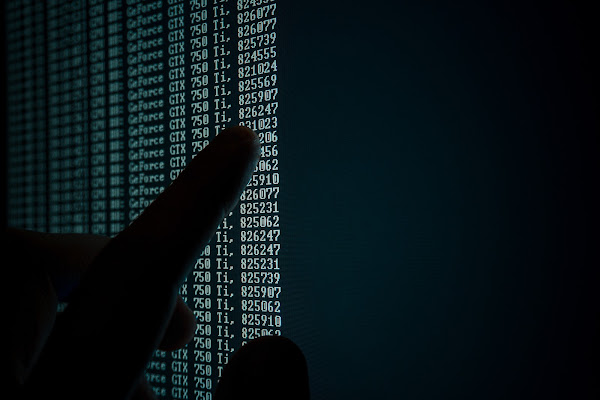Modern workplaces are beginning to track more than just employee hours or tasks. Today, many employers are collecting very personal information about workers' bodies and behaviors. This includes data like fingerprints, eye scans, heart rates, sleeping patterns, and even the way someone walks or types. All of this is made possible by tools like wearable devices, security cameras, and AI-powered monitoring systems.
The reason companies use these methods varies. Some want to increase workplace safety. Others hope to improve employee health or get discounts from insurance providers. Many believe that collecting this kind of data helps boost productivity and efficiency. At first glance, these goals might sound useful. But there are real risks to both workers and companies that many overlook.
New research shows that being watched in such personal ways can lead to fear and discomfort. Employees may feel anxious or unsure about their future at the company. They worry their job might be at risk if the data is misunderstood or misused. This sense of insecurity can impact mental health, lower job satisfaction, and make people less motivated to perform well.
There have already been legal consequences. In one major case, a railway company had to pay millions to settle a lawsuit after workers claimed their fingerprints were collected without consent. Other large companies have also faced similar claims. The common issue in these cases is the lack of clear communication and proper approval from employees.
Even when health programs are framed as helpful, they can backfire. For example, some workers are offered lower health insurance costs if they participate in screenings or share fitness data. But not everyone feels comfortable handing over private health details. Some feel pressured to agree just to avoid being judged or left out. In certain cases, those who chose not to participate were penalized. One university faced a lawsuit for this and later agreed to stop the program after public backlash.
Monitoring employees’ behavior can also affect how they work. For instance, in one warehouse, cameras were installed to track walking routes and improve safety. However, workers felt watched and lost the freedom to help each other or move around in ways that felt natural. Instead of making the workplace better, the system made workers feel less trusted.
Laws are slowly catching up, but in many places, current rules don’t fully protect workers from this level of personal tracking. Just because something is technically legal does not mean it is ethical or wise.
Before collecting sensitive data, companies must ask a simple but powerful question: is this really necessary? If the benefits only go to the employer, while workers feel stressed or powerless, the program might do more harm than good. In many cases, choosing not to collect such data is the better and more respectful option.










